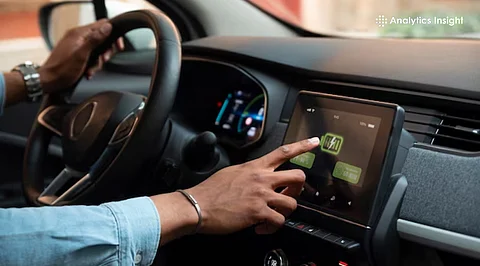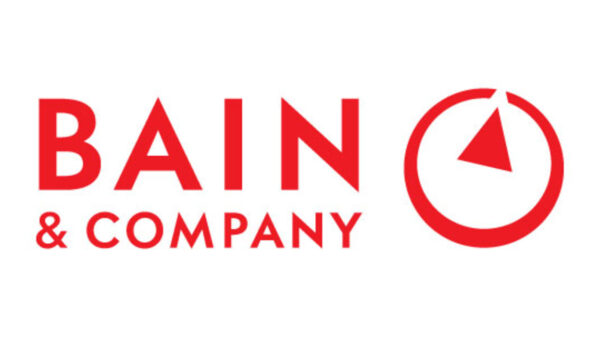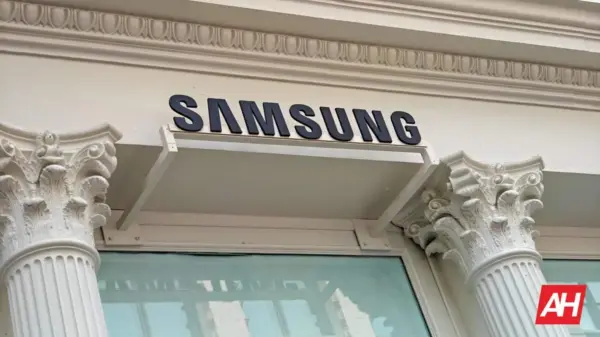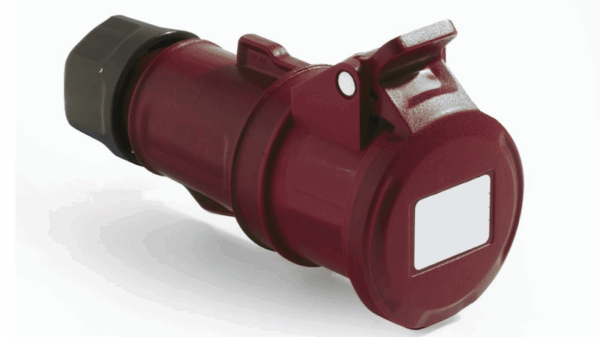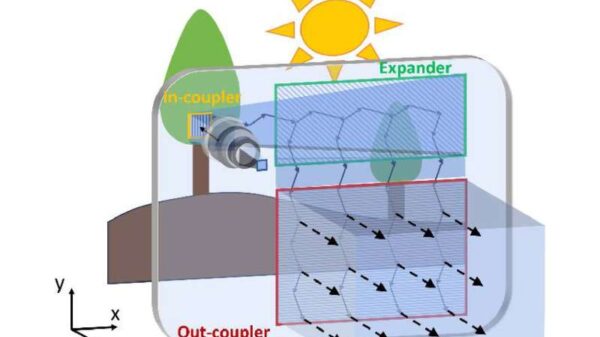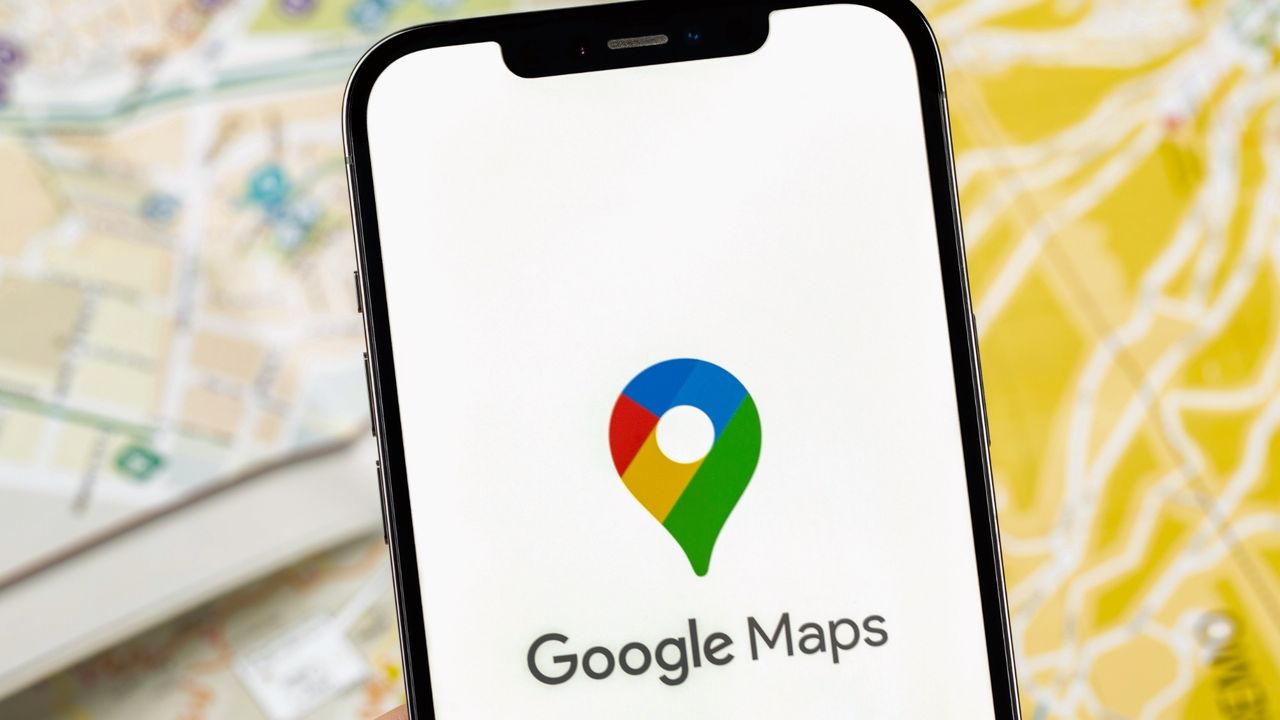In an age where navigation technology is ubiquitous, many drivers rely on applications like Google Maps for their daily travel, regardless of familiarity with their routes. This trend has transformed the way individuals approach driving, enhancing efficiency and safety on the roads. For users like one driver who passed their test in 2009, the convenience offered by these apps is indispensable, often providing benefits beyond merely reaching a destination.
Optimising Routes and Avoiding Traffic
One significant advantage of using navigation apps is their ability to provide real-time traffic updates. Unlike traditional radio traffic reports, which can be limited in scope, mapping applications actively monitor traffic conditions based on user data. This allows them to alert drivers about congested areas, enabling quick route adjustments. The driver noted, “I can’t tell you how many times I’ve been driving around, only to be alerted by my phone that the route I’m following isn’t the best one.” With this capability, users can save both time and distance, making driving a more efficient experience.
While Waze is often touted for its aggressive routing strategies, it can sometimes direct users down less conventional paths. Drivers might find themselves on bus-only roads, which could lead to fines. Therefore, while alternative routing can be beneficial, it also requires careful attention to avoid unnecessary complications.
Enhanced Arrival Estimates and Lane Guidance
Beyond traffic alerts, navigation apps offer estimated time of arrival (ETA) features that change in real-time. This is particularly useful for planning purposes, allowing drivers to inform others of their expected arrival and adjust their travel plans accordingly. The driver shared, “The ETA actually changes color depending on traffic severity,” providing a quick visual cue about road conditions.
Another key feature is lane guidance, which becomes crucial in complex traffic situations. Many drivers struggle with lane changes, especially in areas with intricate road layouts. With lane assist features, apps like Google Maps and Waze indicate which lanes to use, helping drivers navigate more effectively and avoiding unnecessary detours.
Awareness of Road Hazards and Speed Traps
Awareness of potential road hazards is another vital aspect of modern navigation. Apps provide alerts about construction, police activity, and other hazards, enhancing driver safety. For instance, the driver noted that Google Maps recently warned them about police presence during a routine trip, allowing them to adjust their speed accordingly.
The advancement of these features reflects a shift in how drivers engage with their surroundings while on the road. Being alerted to potential issues ahead can significantly reduce stress and improve overall driving experiences.
In conclusion, while many drivers may navigate familiar routes without assistance, the additional advantages provided by applications like Google Maps make them invaluable tools. The convenience of real-time updates, enhanced routing options, and safety alerts contributes to a more informed and efficient driving experience. As navigation technology continues to evolve, the question may not be whether one can drive without these tools, but rather why anyone would choose to do so.

















